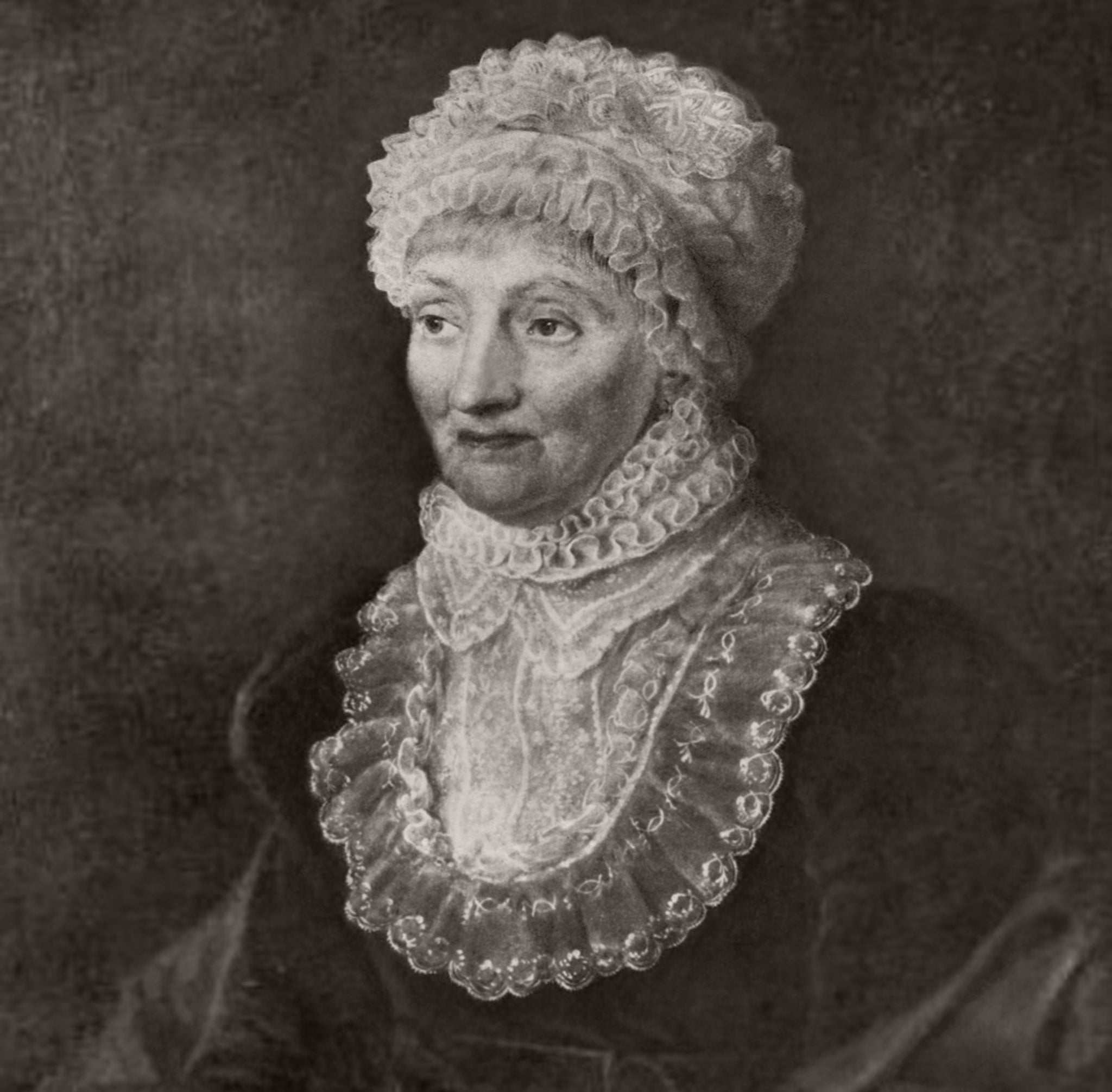Caroline Herschel: Five things you need to know about first woman to be paid for contributing to science
She become the first woman to be awarded with the Gold Medal of the Royal Astronomical Society in 1838

Your support helps us to tell the story
From reproductive rights to climate change to Big Tech, The Independent is on the ground when the story is developing. Whether it's investigating the financials of Elon Musk's pro-Trump PAC or producing our latest documentary, 'The A Word', which shines a light on the American women fighting for reproductive rights, we know how important it is to parse out the facts from the messaging.
At such a critical moment in US history, we need reporters on the ground. Your donation allows us to keep sending journalists to speak to both sides of the story.
The Independent is trusted by Americans across the entire political spectrum. And unlike many other quality news outlets, we choose not to lock Americans out of our reporting and analysis with paywalls. We believe quality journalism should be available to everyone, paid for by those who can afford it.
Your support makes all the difference.The German astronomer Caroline Herschel was born 266 years ago and Google has marked her birthday with a Doodle.
As a pioneering female scientist, Herschel discovered eight comets, rediscovered another and completed a comprehensive catalogue of stars including 560 stars previously unrecorded.
Here are five things you need to know about Ms Herschel:
1. She was the first woman to be paid for her contribution to science
Ms Herschel was given an annual salary of £50 by King George III in 1796 for her role as assistant to her brother, astronomer Sir William Herschel.
After her brother married, she began more independent astronomical work for which she become the first woman to be awarded with the Gold Medal of the Royal Astronomical Society in 1838.
A woman did not receive this award again till Vera Rubin won in 1996.
2. There is a comet named after her
In recognition of her discovering it in 1788, the periodic 35P/Herschel-Rigollet comet was named in her honour. It has an orbital period of 155 years.
In addition, a crater in the "Sea of showers" on the moon is known as C Herschel after her.
3. She had staying power
Ms Herschel contracted typhus aged 10, which stunted her growth and meant she only grew to a height of 4ft 3".
Despite this, she outlived her brother by 26 years – the life expectancy at the time was 55.
4. She was an accomplished singer before turning to astronomy
Due to her father's role as a oboist and conductor in Bath, both she and her brother were taught music.
Before devoting herself to mathematics and astronomy, Ms Herschel became a well-regarded soprano singer.
5. She worked closely alongside two of the greatest astronomers of the time
On returning home to Hanover, Germany, after her brother's death in 1822, she continued astronomical work with Sir William's son and her nephew, John Hershel.
Sir John Herschel Bt named seven moons of Saturn and four moons of uranus.
Join our commenting forum
Join thought-provoking conversations, follow other Independent readers and see their replies
Comments